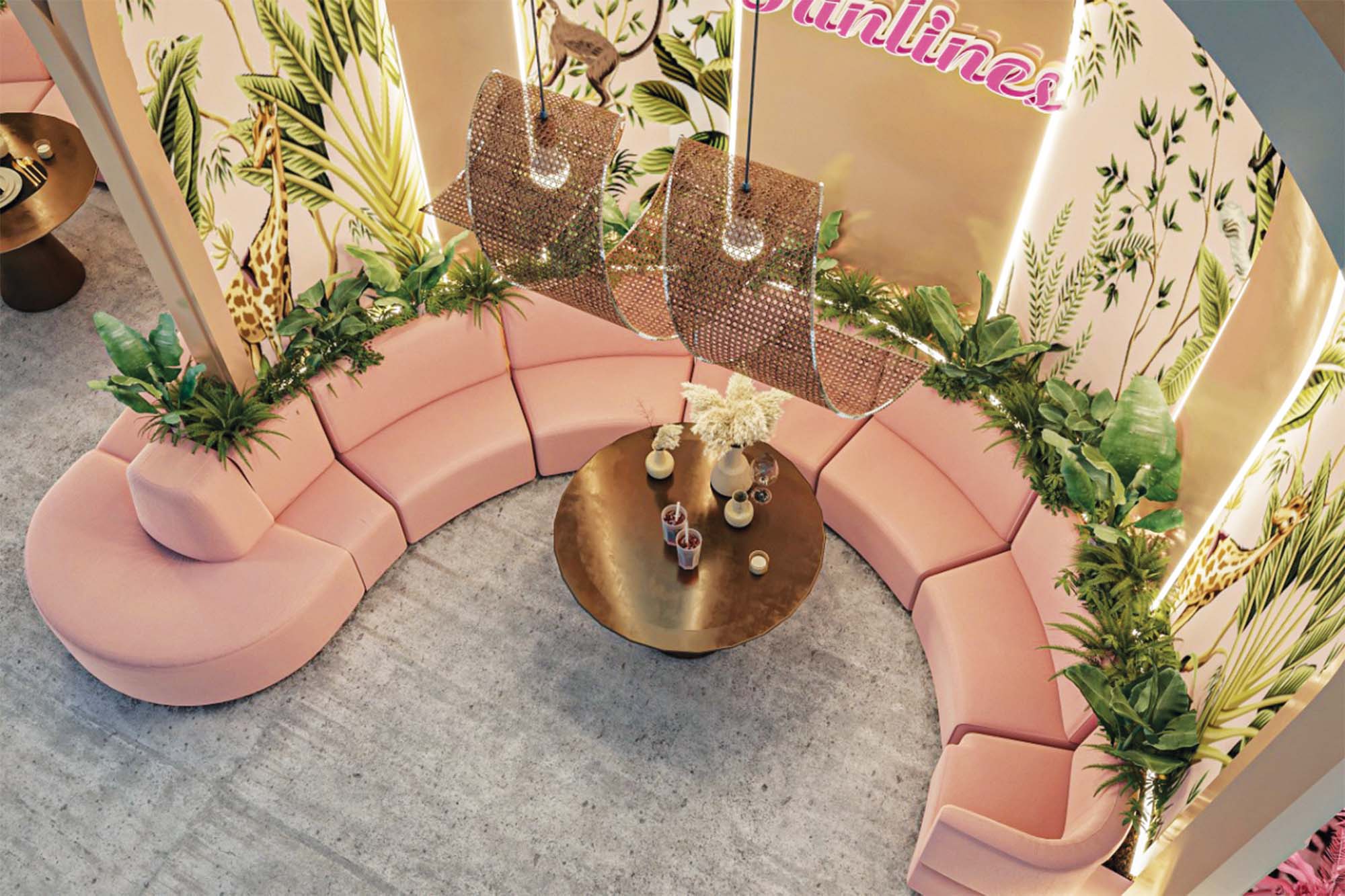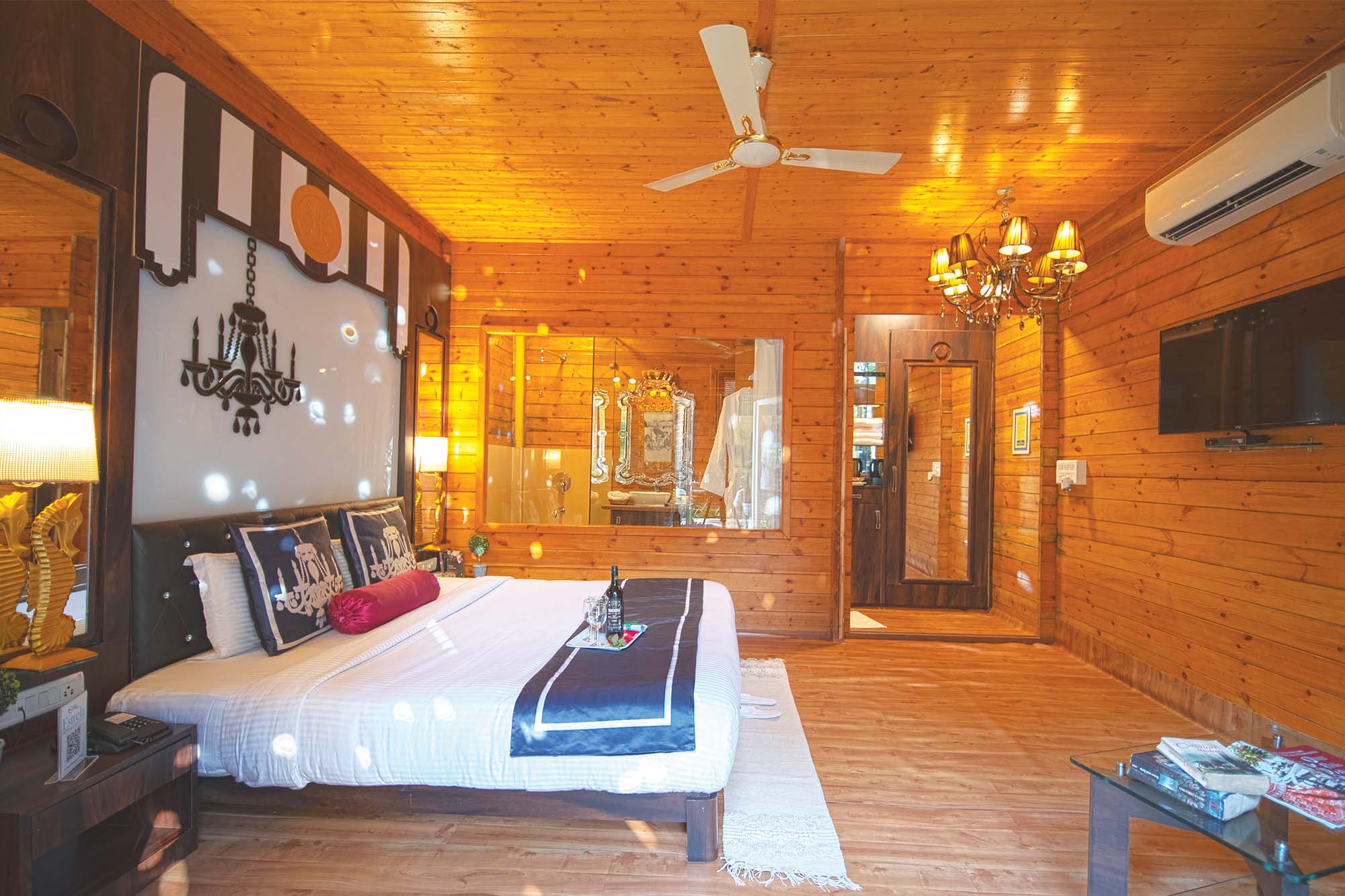A comprehensive approach for optimal natural lighting

This interaction delves into the design aspects and enhances the building’s energy performance.
How do you incorporate passive design strategies, such as orientation and shading, to optimise energy efficiency in your building projects?
Incorporating passive design is a cornerstone of our approach. We conduct thorough climate analysis to determine the best orientation for each project, ensuring maximum exposure to daylight and minimising solar heat gain. Our designs often include green roofs and reflective surfaces to mitigate the urban heat island effect. By strategically integrating these passive strategies, we create energy-efficient buildings that provide comfortable living spaces while minimising environmental impact.

How do you address the balance between energy efficiency and aesthetic considerations in your architectural designs?
Our design philosophy centres on creating beautiful spaces that also prioritise energy efficiency. We carefully select materials that contribute to both sustainability and aesthetics. Incorporating innovative technologies such as energy-efficient lighting fixtures allows us to maintain the desired ambience without compromising energy performance. Considering both aspects in the initial design phase, we achieve a harmonious balance that satisfies both environmental and visual goals.
Can you describe your approach to optimising natural lighting in buildings to minimise the need for artificial lighting and enhance energy efficiency?
Our approach to natural lighting optimisation begins with an in-depth analysis of the building’s orientation and site conditions. We employ large, strategically placed windows to maximise daylight harvesting. Interior layouts are designed to facilitate light diffusion, minimising the need for artificial lighting during daylight hours. Incorporating energy-efficient glazing and shading solutions further enhances our buildings’ energy efficiency while providing occupants with well-lit, comfortable spaces.
How do you approach selecting energy-efficient materials and technologies in your projects, considering both environmental impact and long-term energy savings?
Selecting energy-efficient materials is a fundamental aspect of our design philosophy. We opt for materials with high thermal performance, low embodied energy, and recyclability. Collaborating with suppliers and manufacturers who adhere to sustainable practices allows us to reduce the environmental impact of our projects. We ensure long-term energy savings and a minimal carbon footprint by incorporating cutting-edge technologies like advanced insulation and energy-efficient lighting.

What design strategies and technologies do you prioritise in net-zero projects to achieve energy neutrality and reduce environmental impact?
Net-zero design demands a holistic approach to energy efficiency. Our design strategies include passive solar principles, efficient insulation, and high-performance windows to minimise energy consumption. Renewable energy sources, such as photovoltaic panels and geothermal systems, are integrated to cover the remaining energy needs. Continuous monitoring and optimisation through smart technologies ensure the building maintains net-zero status while significantly reducing its environmental impact.
For more info visit: https://danzadeldesigns.com/
15
Cookie Consent
We use cookies to personalize your experience. By continuing to visit this website you agree to our Terms & Conditions, Privacy Policy and Cookie Policy.







